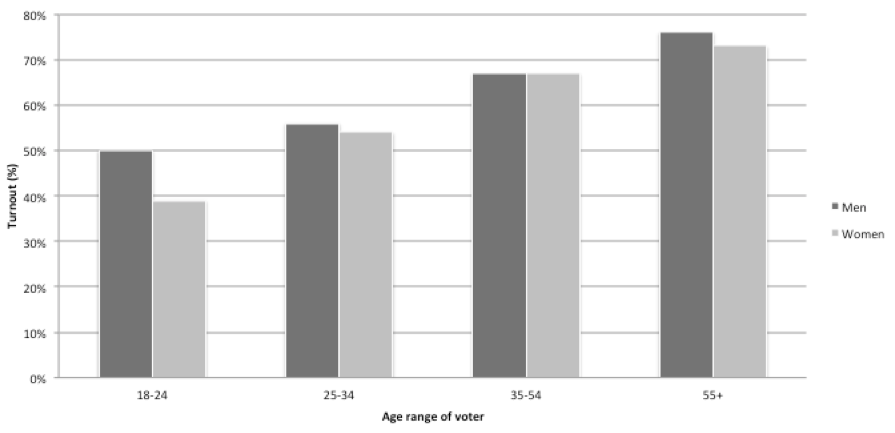So that’s it. The election is over. The votes have been cast. The final results are in. And who would have thought it? Commentators – me included – widely expected that today we would be telling a different story. We thought that the debate would quickly move on from one about which party had won, or had failed to win, to one about which party would and should go on to govern. But it ended up being an outcome that few of us had foreseen.
Or was it? As the results filtered through, commentators were indeed quick to clam that we had all been deceived by the polls. But in all fairness, and not to sound a sore loser, many of my own predictions – and those of the opinion pollsters themselves – proved correct: that the Conservatives would be the largest party; that the SNP would win big in Scotland (they in fact returned the largest number of MPs for a ‘third’ party since 1929); that the Liberal Democrats would lose big everywhere; that neither UKIP nor the Greens would make the inroads that some had been claiming they would; and that the turnout would be higher than in 2010.
But what caught me, and others, by surprise was the size of the Conservative victory, or perhaps more accurately the degree of the Labour loss. 331 seats is impressive for a party that just five years ago couldn’t land a decisive victory over the much-maligned Gordon Brown. The success is all the more remarkable when you consider that David Cameron is the first prime minister to increase the number of their seats since 1987, and the first to increase the share of their vote since 1966.
And look at the scalps that fell on Thursday: key Liberal Democrat politicians such as Charles Kennedy, Danny Alexander, Vince Cable and Ed Davey, along with the likes of Labour’s shadow chancellor Ed Balls, shadow foreign secretary Douglas Alexander, and Scottish Labour leader, Jim Murphy. This is not to mention the three party leaders – Ed Miliband, Nick Clegg and Nigel Farage – that have since fallen on their swords.
In many ways, the result echoes that of 1992. Then, pundits had expected the result to be close with a hung parliament thought likely. But as it turned out, the Conservatives emerged victorious, the government confounding commentators and winning an overall, albeit wafer-thin, majority.
But this might come to provide an uncomfortable analogy for David Cameron. John Major did slightly better in 1992 than the Conservatives did this week – he won a 21 seat majority to Cameron’s 12. But it wasn’t long before the party was riven by debates over British EU membership. What was a working majority soon whittled away. By the time of the next election in May 1997, the Conservative government was a minority. This was itself a re-run of events two decades earlier. Soon after the October 1974 election, when Labour’s Harold Wilson secured a majority of just three seats, he saw his party split apart over British European membership. Like the Conservatives in 1992-95, Labour was also quickly forced to make concessions to minor parties in order to survive as it saw its majority ebb away.
I would therefore conclude on two points.
The first is that the polls were not as wrong as some have since claimed. They correctly identified the larger trends. Perhaps we all of us should have been more conscious of the fact that opinion polls have long tended to underestimate the Conservative vote and overestimate the Labour one. And we perhaps overlooked how likely the Conservatives were to hold off the Labour challenge while simultaneously picking up the Lib Dem vote. But much of the opinion poll data was within the margin of error.
The second point is that while Cameron has won the war he may end up losing the peace. There are a huge number of issues that the government now needs to confront: the EU referendum, the Scottish question, Heathrow, HS2, cuts and defence to name but a few. These would test any government, all the more so one with such a precarious majority. And yet, history tells us not only that parties with narrow victories rarely have an easy ride, but also that they often crumble with devastating effect. Cameron should take this as a warning. For the shock is likely not to be this election but what is still to come.



